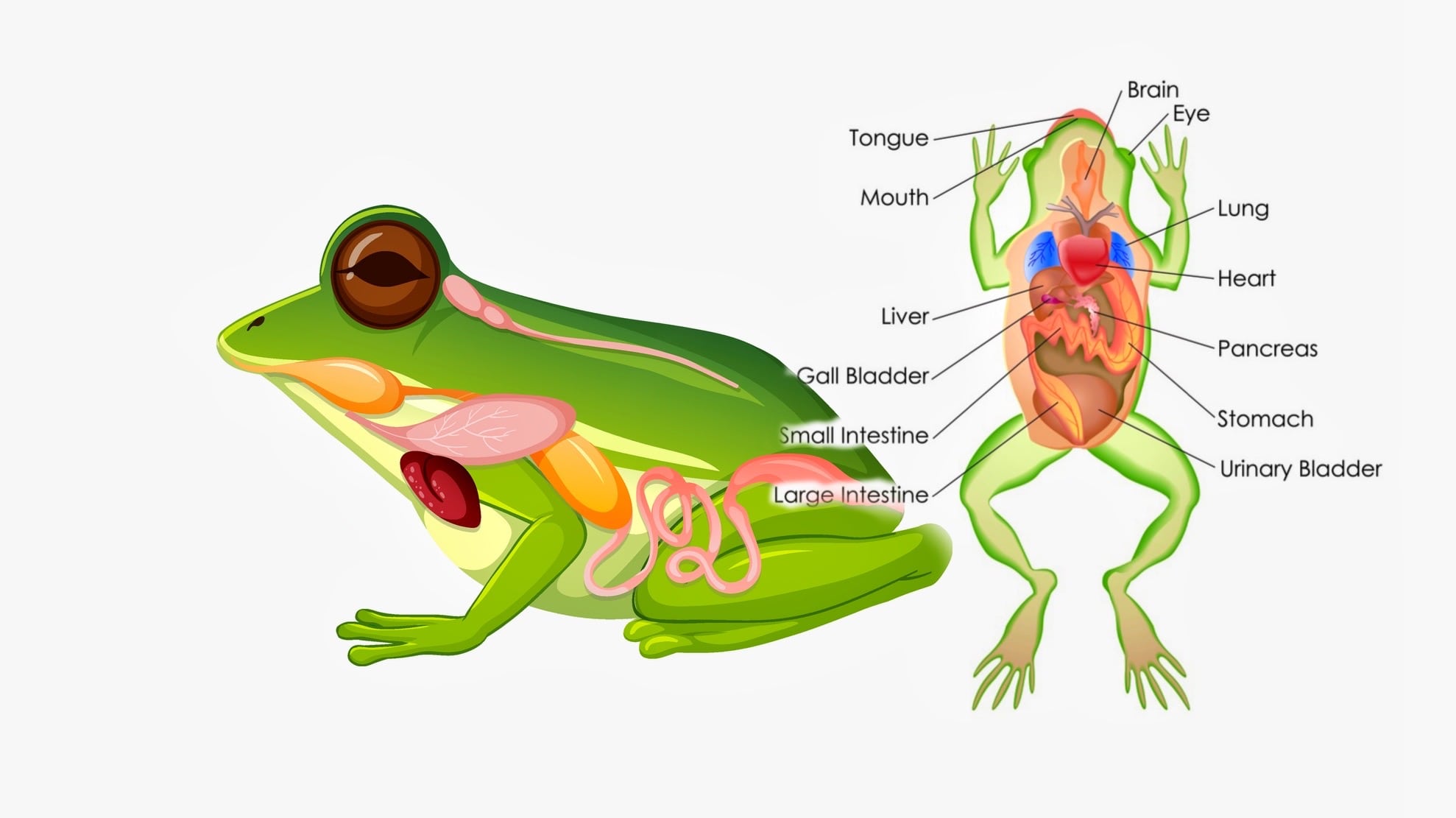Aim: To study the effect of drugs(inotropic and chronotropic actions) on Isolated perfused frog heart.
Principle of the effect of drugs on isolated frog heart
Drugs may influence the rate (chronotropic) and force (inotropy) of contraction of the heart. An increase in the heart rate is called a “positive chronotropic” response, while a “negative chronotropic” response is a decrease in the heart rate. Similarly, an increase in the force of contraction is called a ‘positive inotropic’ response, and a decrease in the force of contraction is called a ‘negative inotropic’ response.
Sympathomimetic amines such as adrenaline and noradrenaline produce positive inotropic and positive chronotropic responses. whereas parasympathomimetics such as acetylcholine produce negative inotropic and negative chronotropic responses.
Requirements:
Animal: frog
Apparatus: frog’s ringer solution, reservoir, tubing, screw clip, syme, cannula, clamp, boss head, thread, syringe, and needle.
Drugs: Adrenalin (stock solution 10 µg/ml)
Noradrenaline (stock solution 10µg/ml)
Acetylcholine(stock solution 10µg/ml)
Calcium chloride(stock solution 10µg/ml)
Potassium chloride(stock solution 10µg/ml)
Physiological solution: Frog ringe
The procedure of effect of drugs on isolated frog heart
- Pith the frog and pin it to the frog board.
- Give a mid-line incision on the abdomen. Remove the pectoral girdle and expose the heart.
- Carefully remove the pericardium and put a few drops of frog ringer over the heart.
- Trace the inferior vena cava, put a thread around it, and give a small cut in order to insert the venous cannula which is in turn connected to a perfusion bottle containing a frog ringer. Insert a cannula in the vein and tie the thread to assure the cannula is in place.
- Give a small cut in one of the aortae for the perfusate to come out.
- Adjust a proper venous pressure of 2-4 cm by altering the height of the perfusion bottle. The effective venous pressure is the height in cms from the level of the venous cannula and the ringer level in the perfusion bottle. The use of a Marriott bottle helps in attaining constant pressure. Start the perfusion by opening the screw clamp attached to the tube.
- Pass a thin pin hook through the tip of the ventricle, and with the help of a fine thread attached to the hook, tie it to the free limb of the universal lever, which is fixed to a stand. Adjust proper tension and magnification by altering the height of the lever. Record the normal contraction of the heart on the smoked drum.
- Inject 0.1,0.2,0.5 and 1 ml of the stock solution of each drug in sequential order and note the change in the rate and amplitude of contraction. Keep at least 5 min gap between the administration of each dose of the drug. The drug is administered by injecting the drug into the perfusion tube very close to the venous cannula. Take precautions to avoid any leakage of the drug from the tube, and the injection of air bubbles.
- Label and fix the tracing with the fixing solution.
Observation:
Report:
Make sure you also check our other amazing Article on: Classification of General Anesthetics
